Mid-Summer Fruit and Vegetable Garden Notes
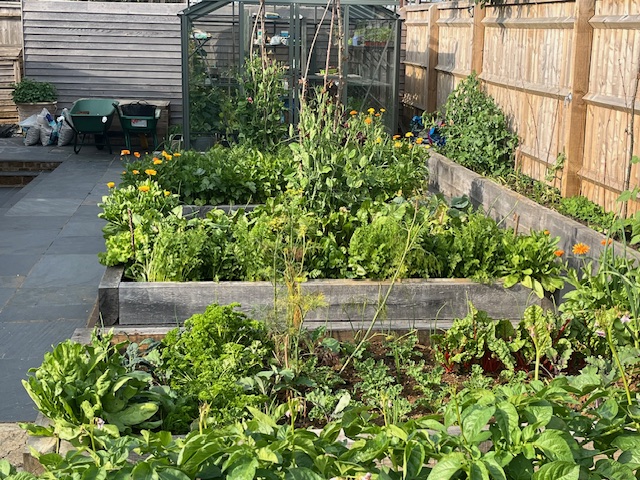
With summer in full swing, your veg patch should be bursting with colour and flavour. But mid‑summer is also the perfect moment to look ahead, making sure your beds keep producing right through autumn and into the colder months. Here’s how to stay one step ahead, beat the pests and keep the harvests coming.

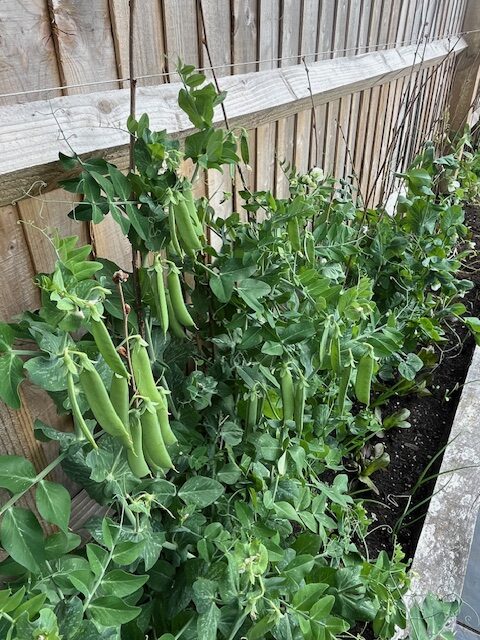


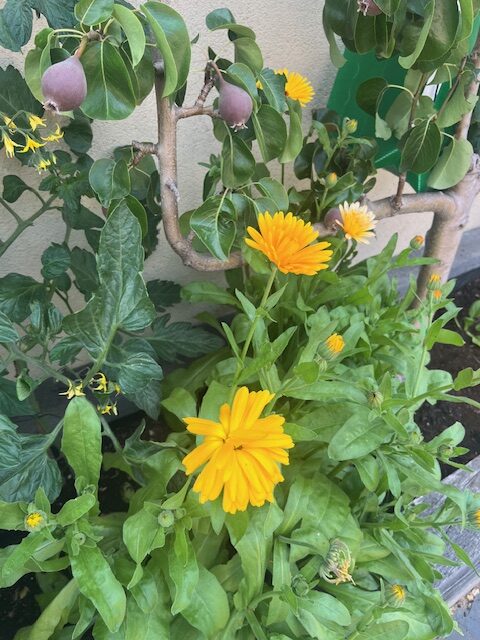
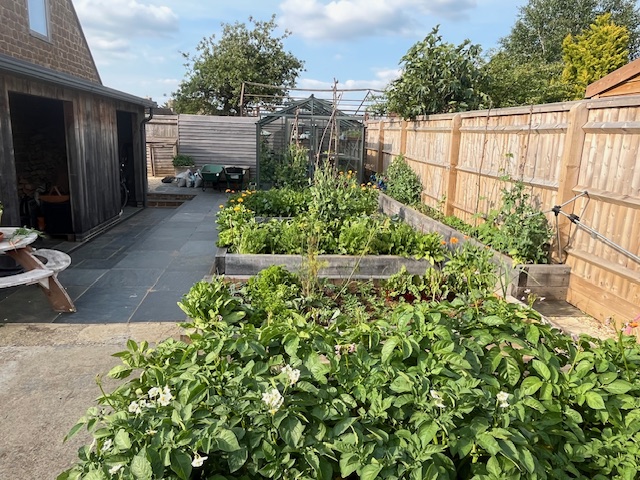

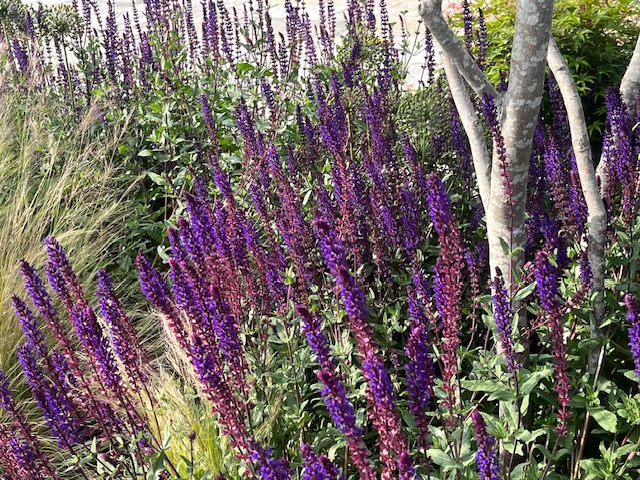
Mid-Summer in the Fruit & Veg Garden: What to Do Now
The height of summer is not just about harvesting—it’s also a key moment for preparing your garden for the months ahead. Here’s what to focus on in your fruit and veg patch this time of year.
Sow Now for Autumn and Winter Harvests
Planning ahead is essential for a productive garden year-round. Now’s the time to sow winter salads such as lettuce and cabbage, which will provide you with fresh greens well into the colder months.
At the same time, continue sowing summer salad crops like chard, peas, carrots, and beetroot. These will produce tender baby vegetables that can be picked regularly throughout the rest of the summer.
Prepare for a Steady Winter Crop
Late summer is the ideal time to sow or plant out winter greens. These hardy vegetables are well-suited to colder, darker conditions and can provide a reliable source of fresh produce from autumn right through to early spring. Many of them can be harvested leaf by leaf to encourage repeat cropping, while others stand well over winter for a one-time harvest.
Here are some top choices for your winter garden, with tips to ensure success:
Kale
- Varieties: ‘Nero di Toscana’ (Cavolo Nero), ‘Dwarf Green Curled’, or ‘Red Russian’
- Sow: July–August; plant out when 10–15cm tall
- Harvest: October to March
- Care: Very hardy. Pick lower leaves first to keep the plant growing. Netting may be needed to protect from pigeons and caterpillars.
Purple Sprouting Broccoli
- Varieties: Early and late types are available; choose depending on your preferred harvest time.
- Sow: April–July; transplant in July–August
- Harvest: February to April
- Care: Needs fertile soil and plenty of space (approx. 60cm apart). Firm the soil well around plants to avoid wind rock.
Winter & Spring Cabbage
- Varieties: ‘January King’, ‘Winter Jewel’, or ‘Pixie’ for spring harvest
- Sow: July–August
- Harvest: December to April depending on variety
- Care: Requires firm soil and consistent moisture. Protect young plants with netting from cabbage white butterflies and slugs.
Perpetual Spinach
- Sow: June–August
- Harvest: September to March (and beyond if protected)
- Care: Not a true spinach, but a type of chard. Can handle light frosts. Pick regularly to keep new leaves coming. Grow in sun or partial shade.
Leeks
- Varieties: ‘Musselburgh’, ‘Bandit’, or ‘Autumn Giant’
- Sow: Early sowings in March–April; transplant June–July
- Harvest: November to March
- Care: Prefers deeply dug, well-fed soil. Transplant into holes and don’t fill them in—just water. This helps produce the long white stems.
Pak Choi
- Sow: July to early September
- Harvest: October to December
- Care: Fast-growing. Best grown in cooler conditions to avoid bolting. Keep well-watered and protect from flea beetles with mesh or fleece.
Winter Lettuce
- Varieties: ‘Arctic King’, ‘Winter Gem’, or ‘Valdor’
- Sow: August–September
- Harvest: November to March (especially if grown under cloches or in a cold frame)
- Care: Sow in well-drained soil or containers. Protect with fleece or cloche in hard frosts. Pick outer leaves or harvest whole heads depending on variety.
These crops not only extend your productive season but also make use of ground that might otherwise sit bare over winter. With a little planning and protection—like fleece, cold frames, or cloches—you can enjoy harvests even during the coldest months.
Mid-Summer Pest Control Essentials
As plants begin to slow their rapid summer growth, pests often take advantage. Slug control is crucial, especially after periods of wet weather. Nematodes are an effective organic option.
For root crops such as carrots, consider barrier methods to keep out carrot root fly. Companion planting and physical barriers like mesh can help reduce damage without resorting to chemicals.
Protect Your Fruit from Birds
Start preparing your garden now for the late summer and early autumn fruit harvest. Bird nets can save your crops—especially soft fruits like gooseberries, blackcurrants, cherries, and other stone fruits—from being picked clean before you get the chance.
Feeding and Watering Advice
Feeding should continue through the summer but at a reduced frequency—around once every four weeks. This helps maintain the natural flavour of your vegetables rather than pushing excessive growth.
When it comes to fruit trees and soft fruits, water carefully during dry spells. While some water is important, overwatering can cause fruit to split, especially when they’re close to ripening.
By staying on top of these mid-summer tasks, you’ll not only make the most of your current crops but also set yourself up for a productive and rewarding autumn and winter in the garden.




















